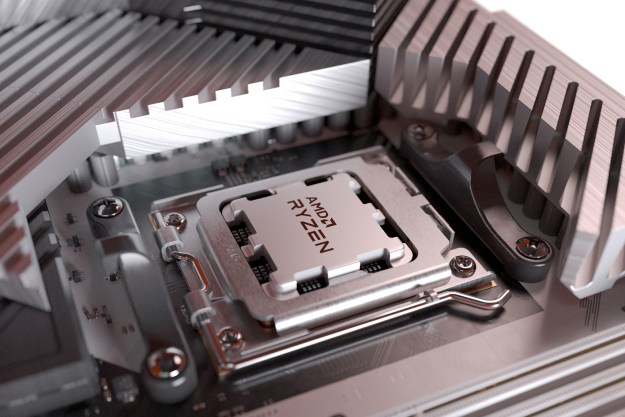AMD has introduced a broad portfolio of dual-core solutions from server and workstations for enterprise users to desktop and desktop-replacement notebooks for consumers and business users. At thesecond-anniversary celebration of the award-winning AMD Opteronâ„¢ processor, the company announced immediate availability of the Dual-Core AMD Opteron 800 Series processor for four- to eight-wayservers. The 200 Series processors for two-way servers and workstations will be available in late May. The new processors deliver up to a 90 percent performance improvement for application serversover single-core AMD Opteron processors. For desktop PC users, AMD announced the new AMD Athlonâ„¢ 64 X2 Dual-Core processor brand that will enable true multi-tasking capabilities for richer computingexperiences.
AMD’s key OEM customers, including Sun, HP and IBM, showcased ground-breaking, dual-core platforms based on the non-disruptive AMD64 technology, the world’s leading x86, 64-bit computing environment.Only AMD customers will have the ability to upgrade 90nm-ready server platforms with dual-core processors and continue running legacy 32-bit x86 applications as well as new 64-bit OS solutions.
Dual-core processors are the next evolution of AMD64’s Direct Connect Architecture and were designed from the ground up to directly connect two cores on a single die, along with memory, I/O anddedicated caches, improving overall system performance and efficiency and helping to eliminate the bottlenecks inherent in a front-side-bus architecture.
Unlike other dual-core systems, migrating to dual-core processing based on AMD64 technology can be seamless, thanks to a non-disruptive upgrade path. AMD64 technology is designed to deliver thehigher performance of a multi-core processor in the same power envelope and the same infrastructure as a single-core AMD64 processor. For server/workstation customers this means the AMD Opteronprocessor can continue to provide the best performance-per-watt ratio in the industry.
Editors' Recommendations
- AMD’s upcoming APUs might destroy your GPU
- AMD’s next-gen CPUs are much closer than we thought
- AMD makes older PCs more upgradeable once again
- Nice try, Intel, but AMD 3D V-Cache chips still win
- Here’s a shocking reminder of just how far ahead Intel is in race with AMD


